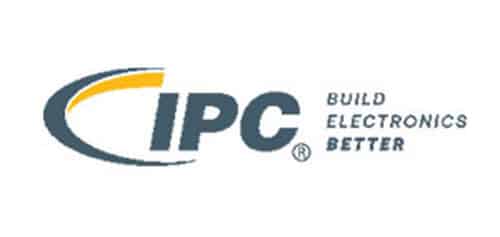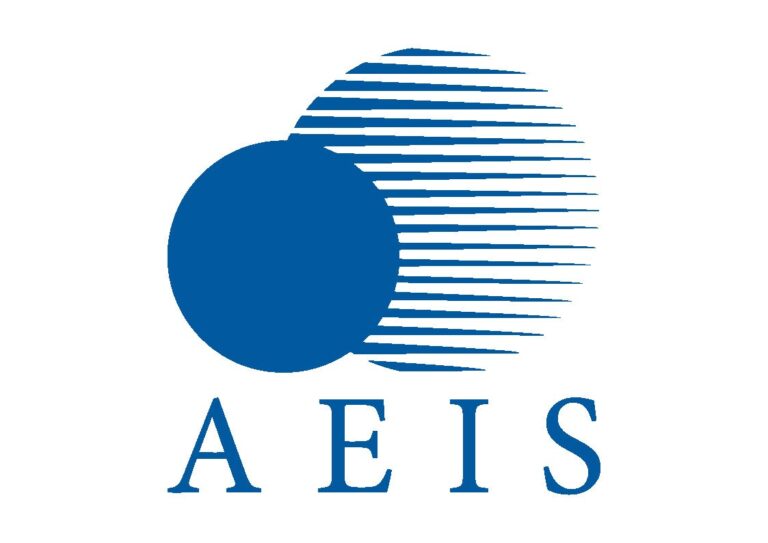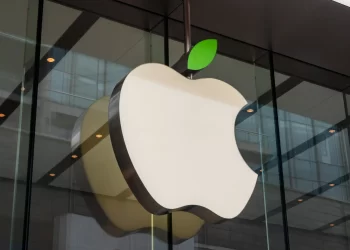The prospects of semiconductor manufacturing in the microgravity environment of Low Earth Orbit (LEO) mark an evolutionary leap in material science and technological advancement. This article embarks on an immersive journey into the unparalleled advantages that LEO offers for semiconductor production, exploring how the absence of gravitational interference in space catalyses crystal growth, enhances thin-film deposition techniques, revolutionizes energy utilization, and reshapes the economic and environmental landscapes of semiconductor manufacturing.
Unlocking Crystal Growth in Microgravity: A Paradigm Shift
Within LEO, the absence of gravity-induced disruptions fundamentally redefines the trajectory of semiconductor crystal growth. The microgravity environment allows crystals to form without the inhibitive effects of gravitational forces, fostering an exquisitely ordered lattice structure that augments material properties essential for high-quality semiconductors. This phenomenon significantly impacts critical semiconductor materials like silicon and gallium arsenide, revolutionizing manufacturing precision. Furthermore, the uniform temperature distribution achievable in microgravity is a game-changing advantage, substantially reducing defect density—a pivotal factor for enhancing the performance of advanced compound semiconductors tailored for high-frequency and high-power applications.
Advancing Deposition Techniques in Space
LEO’s near-vacuum environment serves as an optimal setting for refining thin-film deposition techniques—cornerstones of semiconductor fabrication. Techniques like molecular beam epitaxy (MBE) and atomic layer deposition (ALD) thrive in these conditions, showcasing superior precision and control. The absence of atmospheric gases and contaminants empowers these techniques to produce ultra-thin, highly uniform films critical for cutting-edge semiconductor devices, elevating the performance of high-electron-mobility transistors (HEMTs). This refinement marks a pivotal stride toward manufacturing components at the quantum level, redefining the landscape of semiconductor innovation and pushing the boundaries of what’s achievable in electronics.
Efficiency and Sustainability
Semiconductor manufacturing in space necessitates innovative approaches to thermal management and energy utilization. LEO’s unique passive cooling methods efficiently dissipate heat generated during semiconductor processing, offering a paradigm shift in managing thermal loads. Additionally, the unobstructed exposure to solar radiation in LEO serves as a renewable energy source, a potential catalyst for energy-intensive semiconductor processes. The strategic utilization of solar power holds the promise of curbing carbon footprints associated with conventional semiconductor manufacturing, aligning with global sustainability goals and fostering eco-friendly manufacturing practices.
Long-Term Gains and Environmental Impact
Despite initial challenges, the long-term economic and environmental dividends of semiconductor manufacturing in LEO are compelling. The efficient utilization of materials within microgravity could dramatically curtail waste production, aligning with sustainability initiatives and fostering a circular economy within the space industry. Moreover, relocating energy-intensive processes to LEO has the potential to minimize the environmental burden on Earth, offering a glimpse into a future where spaceborne manufacturing drives sustainable industrial practices.
Navigating Challenges
Establishing and sustaining manufacturing facilities in space pose substantial logistical challenges, encompassing transportation risks, technological adaptations, and the maintenance of robust supply chains. The need for seamless integration between space-based manufacturing and Earth-based operations stands as a linchpin for the success of this pioneering venture. Overcoming these logistical barriers is crucial to realizing the transformative potential of semiconductor manufacturing in LEO, requiring collaborative efforts across scientific, engineering, and logistical domains.
Charting a New Technological Frontier
Semiconductor manufacturing in Low Earth Orbit epitomizes an audacious leap in semiconductor technology. Beyond challenges lie unprecedented improvements in material quality, efficiency, and ecological sustainability, poised to revolutionize semiconductor technology across industries. This visionary approach, though fraught with challenges, embodies a pivotal shift in our technological odyssey, setting the stage for a new era of semiconductor innovation and spaceborne manufacturing breakthroughs.
The prospects of semiconductor manufacturing in Low Earth Orbit (LEO) represent a revolutionary leap forward in material science and technological progress. This article delves into the groundbreaking advantages LEO offers for semiconductor production. It explores how microgravity fuels crystal growth, enhances thin-film deposition techniques, redefines energy utilization, and transforms the economic and environmental landscapes of semiconductor manufacturing.









